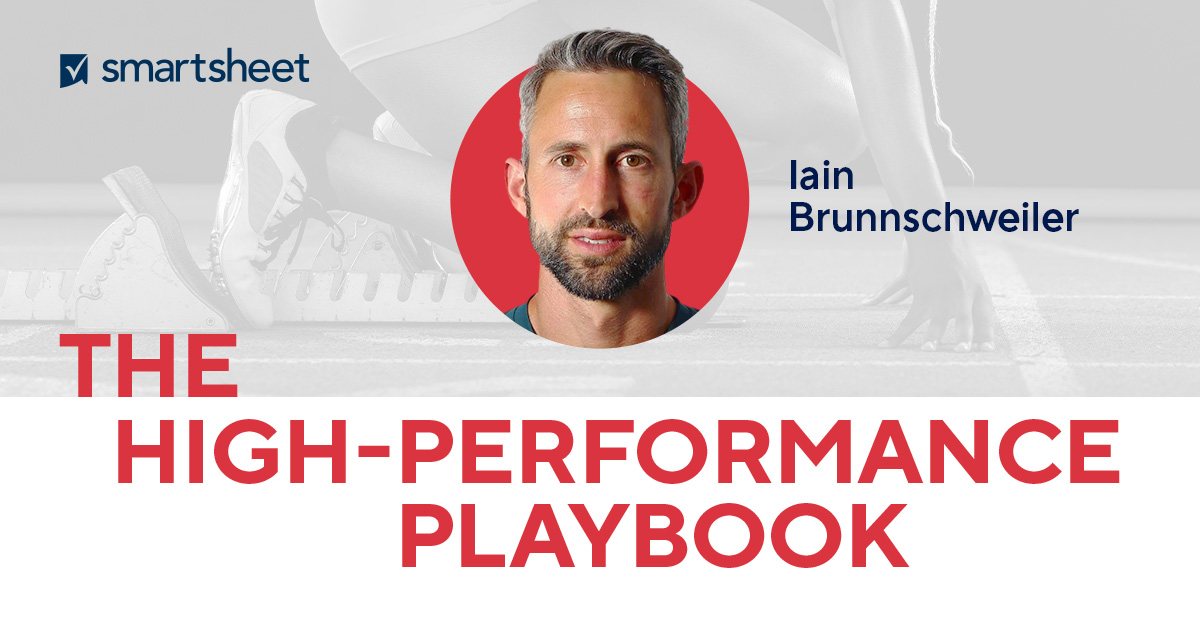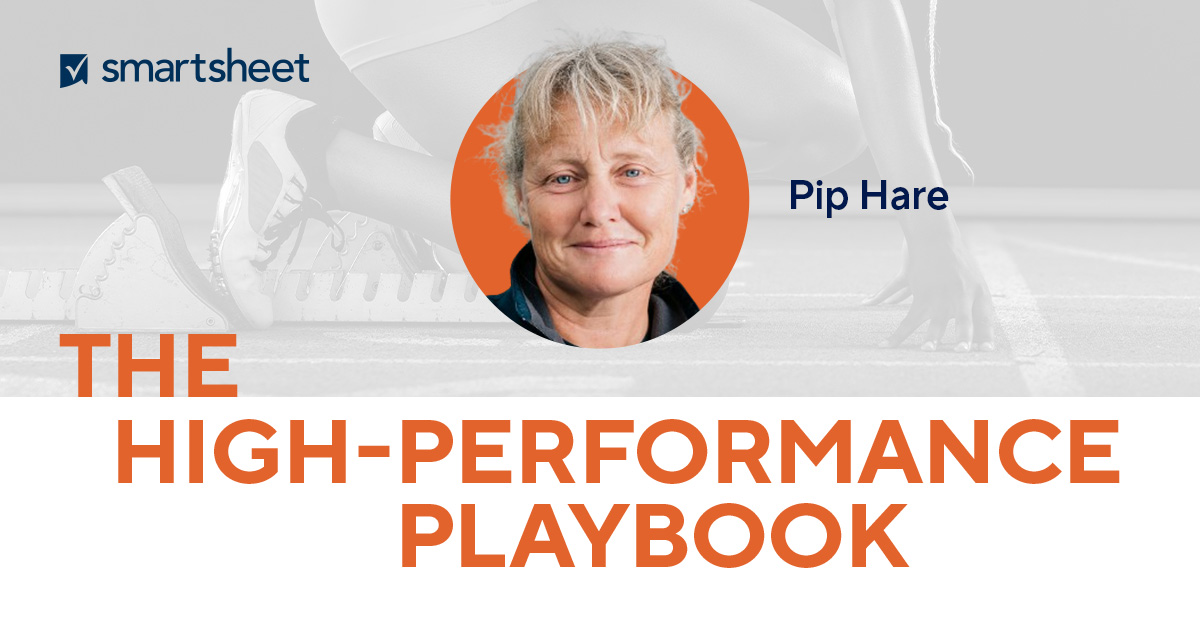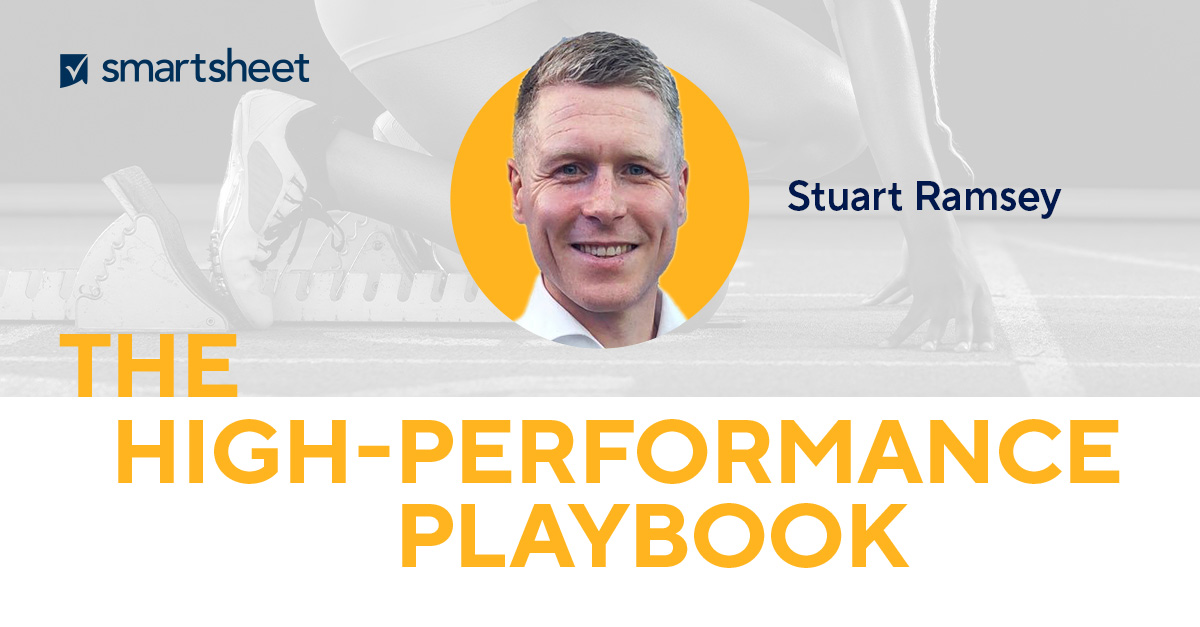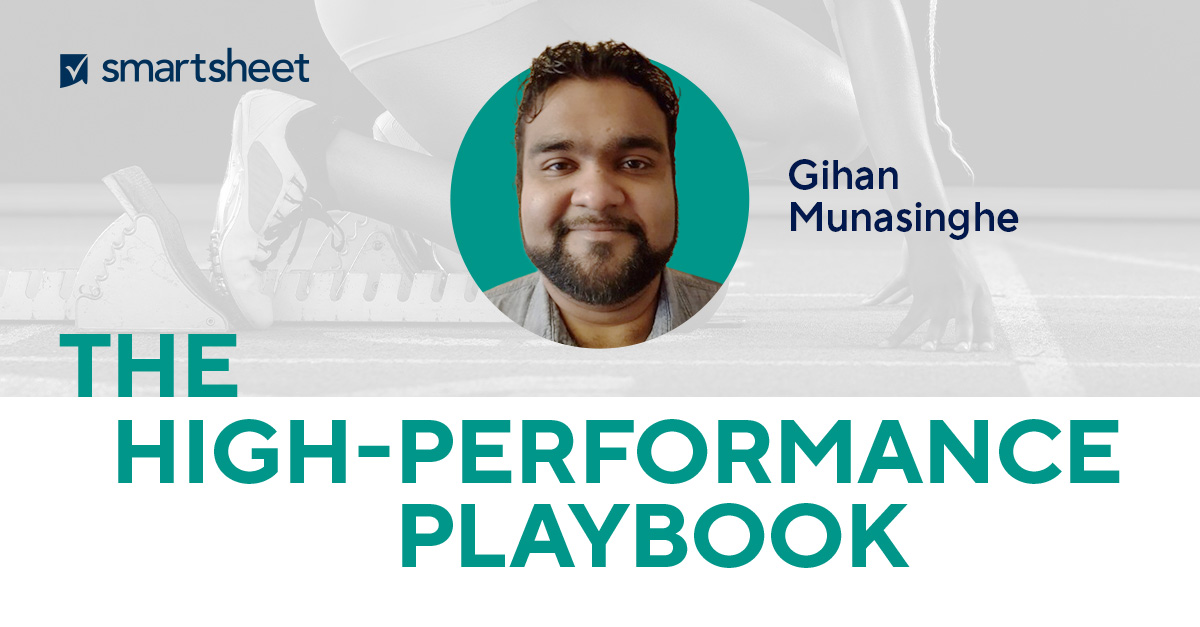Former professional cricketer Iain Brunnschweiler shares his plays on facilitating high performance and why technology is vital.
What does “high performance” mean to you?
I think high performance is about being consistent, or at least consistently achieving the goals that are important to you, whether that’s in your personal life or your work life — and then working out how to be really effective in achieving those goals.
I’ve worked across a number of different organisations both on and off the pitch. All of them have their own context, their own challenges, and their own elements. I think what’s similar across the board is understanding what is needed of me — and what’s needed of the team as a whole — and then getting it done.
What factors have limited “high performance” for you in the past?
Two that spring to mind are ego and insecurity. And I think if you’re experiencing a combination of the two, then you’re in a really tricky position. The barrier here is when people start worrying about themselves — their own agenda and their own personal circumstances.
Putting personal issues to one side to prioritise the team as a whole can offer a huge competitive advantage — because ultimately, this approach will also benefit the individual in the long-run, as the team’s success drives positive outcomes for all.
In your organisation, does high performance come more from high-achieving individuals, or through impactful teamwork?
In general, it’s the collective impact of the team that matters most — even in individual sports.
For example, someone like Chris Hoy — who’s an unbelievable, outstanding individual athlete — still has a team around him that optimises his performance on a daily basis, whether that’s the nutritionists, the physiologists, the psychologists, or the bike technicians. I think it’s teamwork all the way.
How can leaders best facilitate collaboration?
One of the most difficult things is: How do you ensure a level of alignment? As the volume of people in an organisation grows, the harder it is to keep everyone aligned.
When I first started working at Hampshire Cricket, there were basically six of us that did everything across the entire academy. It’s much easier to be aligned and have a collaborative approach with six of you, whereas delivering a similar programme at Southampton Football Club involves about 140 people.
I think it goes back to two things. One is having an overall strategy that people are aware of and interact with as regularly as possible. But also leaders need to understand who is who, and which teams do what. It’s unrealistic to expect 160 people to be a team! Collaboration is much more manageable by starting with smaller groups, and enabling it to cascade through.
What role does or can technology play?
Tech is absolutely vital.
Everything is analysed now. Every player from the age of 13 wears a GPS vest so we can analyse their sprint distance, plus their accelerations and decelerations. We’ve got a full camera system at the training ground so that every session is filmed.
Cricket is a statistical game — the depths of information available now is so great. I recently went to an event at England Cricket with sports leagues and business leaders where the subject was utilising data and insight. And the big theme was: How do you manage that balance between data and insight, and the human element? I think the golden ticket is understanding when data is useful, and when human instinct should override computers.



